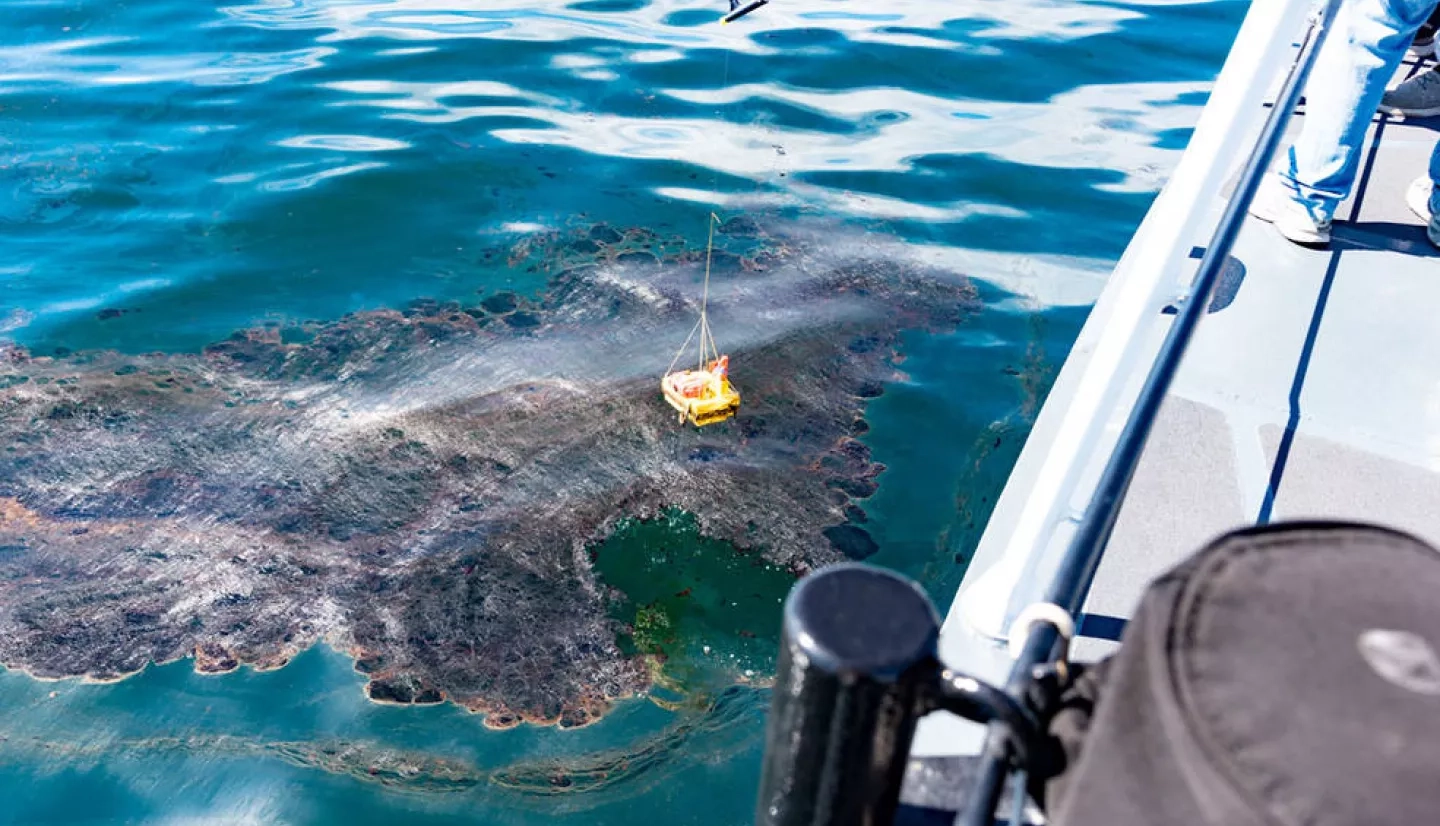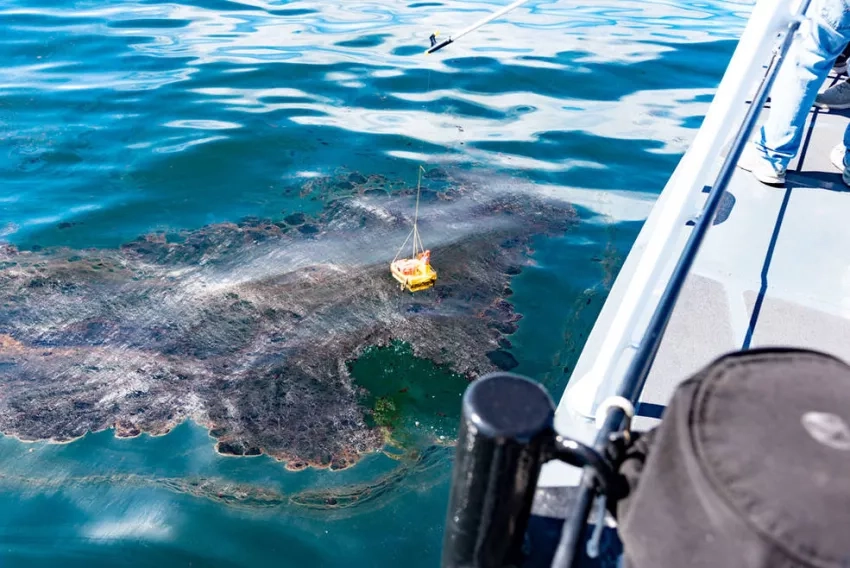Researchers working with NASA's Earth Applied Sciences Disasters program area teamed up with NOAA and the United States Coast Guard to help develop a more efficient way of cleaning oil spills. The project, led by the University of Maryland’s Frank Monaldo, is called “Marine Oil Spill Thickness” (MOST), and it uses Uninhabited Aerial Vehicle Synthetic Aperture Radar (UAVSAR) to characterize oil in an oil slick. More specifically, MOST looks at oil spill thickness to determine which areas need to be cleaned up first. “This thicker oil stays in the environment longer and damages marine life more than thin oil. And if you know where it is, you can direct responders to those problematic areas,” explained Cathleen Jones, MOST co-investigator at NASA’s Jet Propulsion Laboratory.
In early October, the MOST team was planning on participating in a field campaign in Santa Barbara, California – home to one of the largest naturally occurring oil seeps in the world – but an oil spill just off the coast of Huntington Beach, California created the opportunity for a real-world test of UAVSAR’s utility during an oil spill emergency. Several weeks later, the fall field campaign resumed in Santa Barbara.
Although UAVSAR’s capabilities in oil spill thickness detection are useful, flying an airplane over every oil slick isn’t practical. So, once the data from the spring and fall field campaigns is validated, it’ll be used to train algorithms to calculate oil thickness from SAR data automatically. “The idea here is that in two years or so when the MOST project is over, we’ll have a prototype system for detecting oil thickness that NOAA can use and distribute during oil spill response,” said Jones. “With NASA partnering with NOAA, we can transfer this information to those who can use it practically.”
Learn more at nasa.gov: NASA-NOAA Tech Will Aid Marine Oil Spill Response
Learn more about Frank Monaldo and his research




